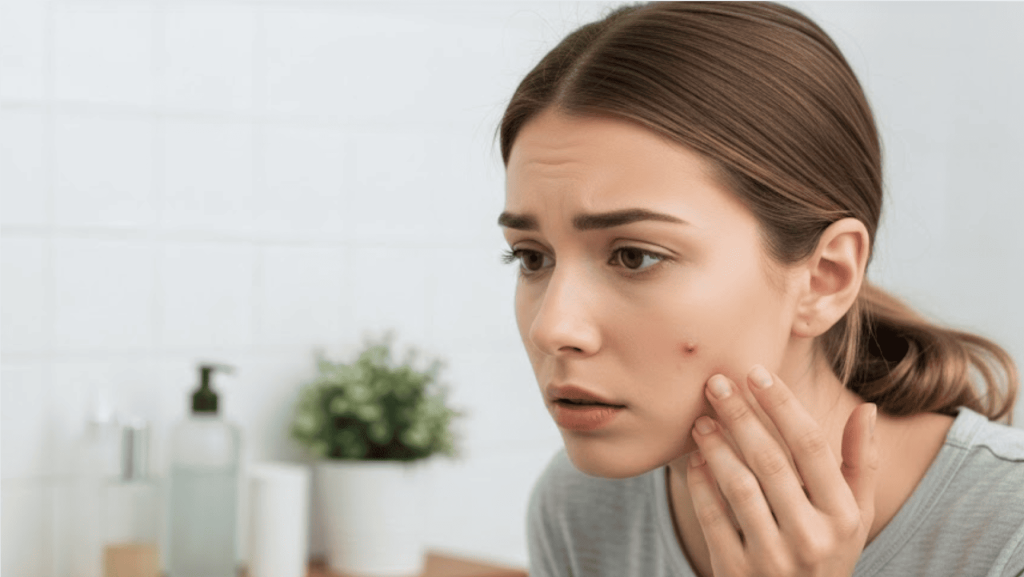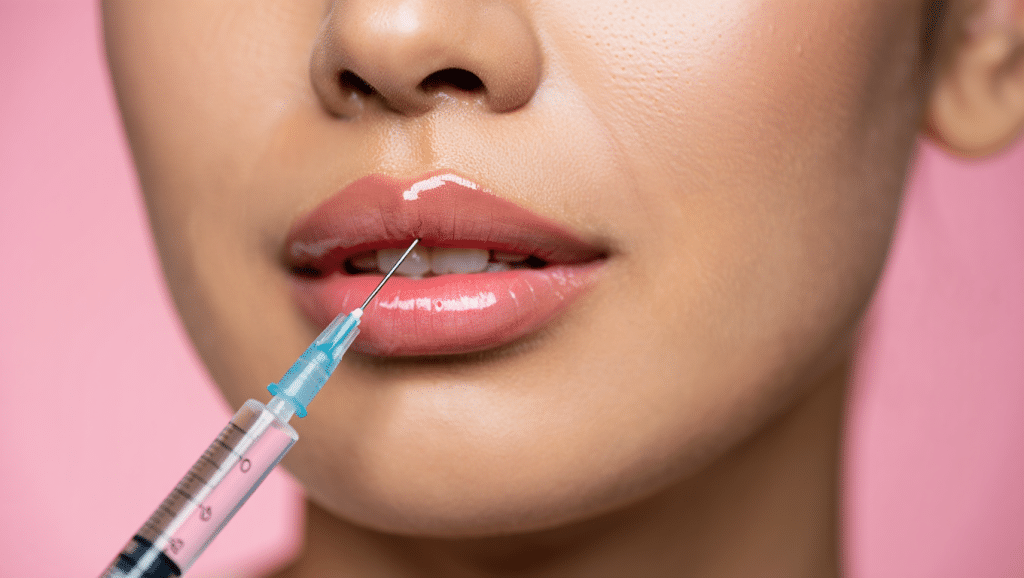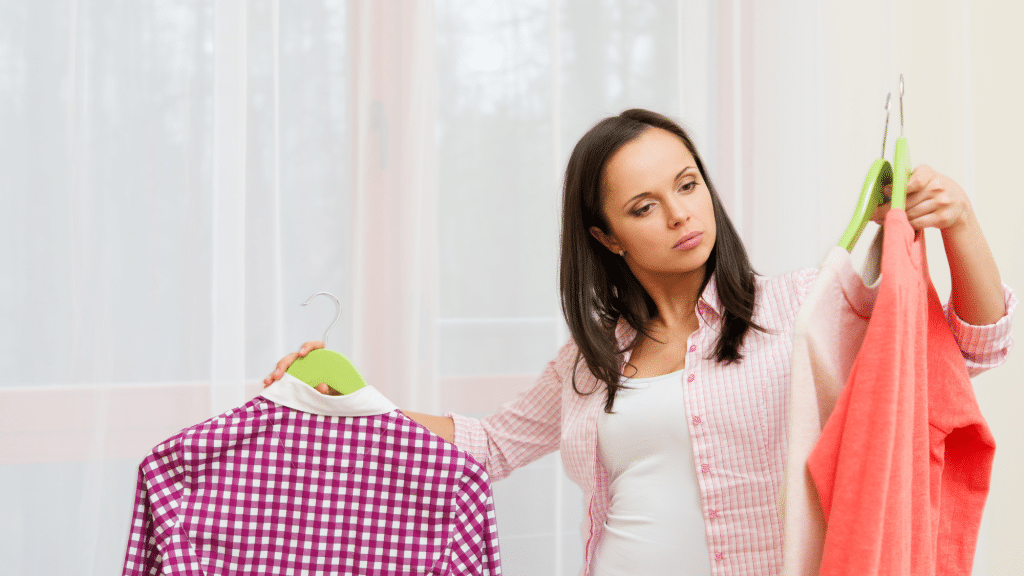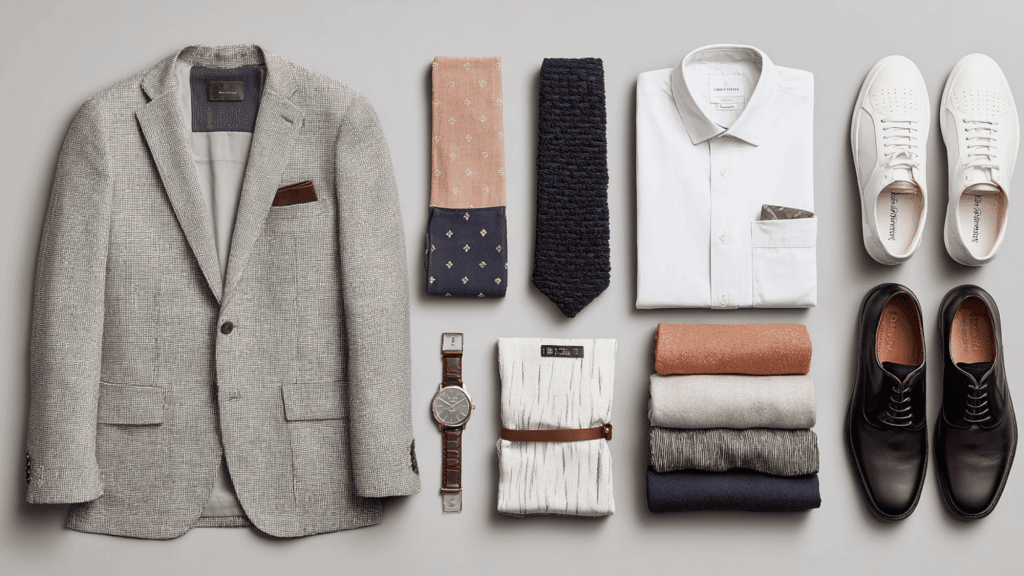We’ve all been there; you wake up with a big, white pimple on your face and want it gone right away. Learning how to pop a pimple safely can help you deal with breakouts without making things worse.
While it’s usually better to let pimples heal naturally, sometimes you need a quick fix for special events or when a pimple looks ready to pop. The key is knowing which pimples are safe to pop and doing it the right way.
Popping the wrong type of pimple can lead to scars, infections, and more breakouts.
We’ll show you the safest methods to pop pimples, what tools to use, and how to take care of your skin afterward to prevent scars and infections.
Why You Should Think Twice Before Popping a Pimple?
Popping pimples might seem like a quick fix, but it usually makes things worse. When you squeeze a pimple, you can push germs deeper into your skin.
This can cause the pimple to get bigger and more painful. Your fingers also have bacteria on them, which can lead to serious infections. Many people end up with permanent scars from popping pimples.
These marks can last forever and are much harder to treat than the original pimple. Popping can also cause dark spots on your skin that take months to fade.
Instead of solving the problem, squeezing pimples often creates new breakouts around the same area. It’s better to let pimples heal naturally or see a doctor for safe treatment.
Which Pimples are Safe to Pop?
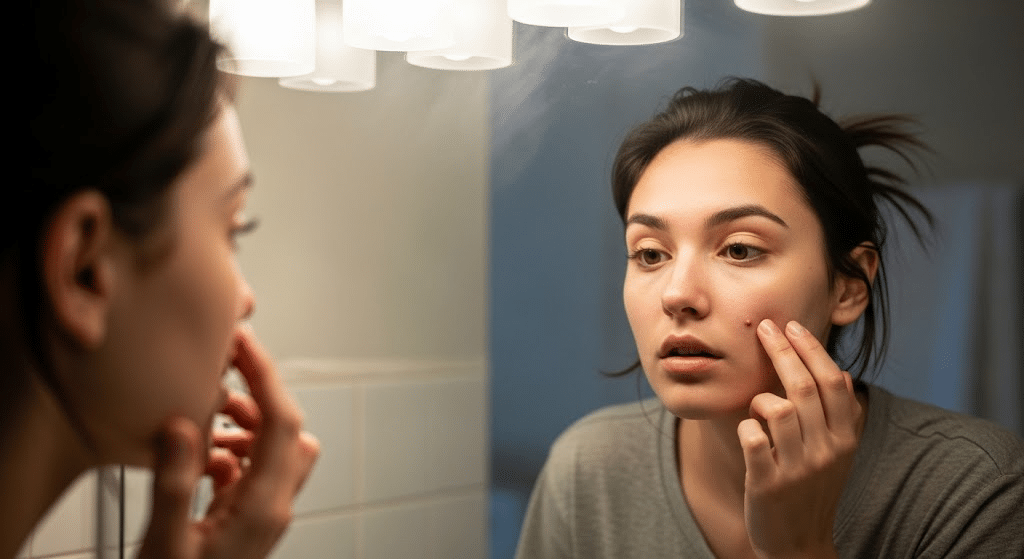
Not all pimples should be popped. There are different types of pimples on your skin. Whiteheads have a white or yellow center that you can see. Blackheads look like small dark dots in your pores.
Pustules are red bumps with white or yellow pus on top. These three types might be okay to pop if they look ready. However, cysts and nodules are deep, hard bumps under your skin that hurt when you touch them.
Never try to pop these because they can cause bad scars. Only pop pimples that have a clear white or black head that’s close to the surface.
If the pimple is red, swollen, or deep under your skin, leave it alone and let it heal naturally.
How to Safely Pop a Pimple
If you decide to pop a pimple, it’s important to do it the right way. Following these steps can help prevent infection and scarring. Remember, only pop pimples that have a clear white or black head and look ready to come out easily.
Step 1: Prep Your Skin and Hands
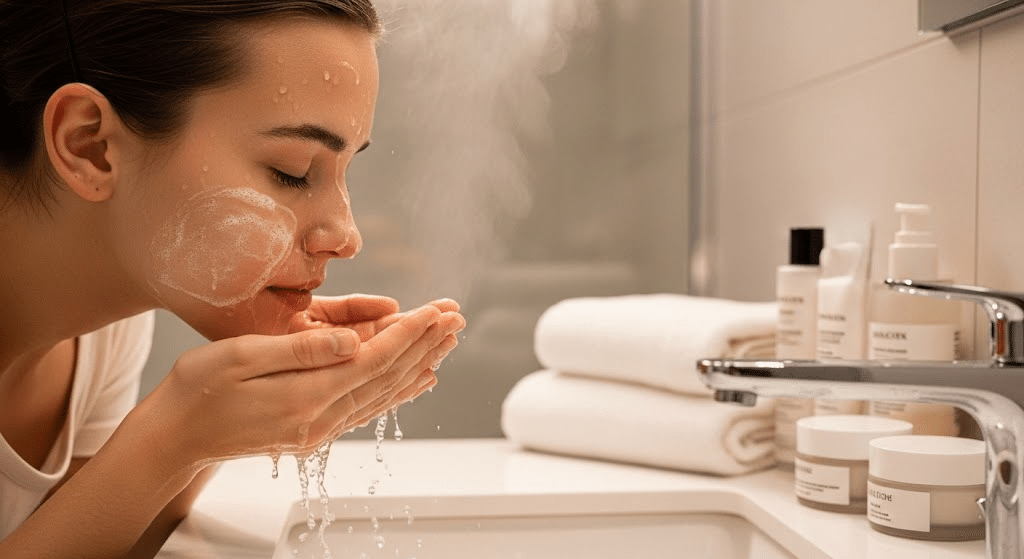
Start by washing your face with a gentle cleanser to remove dirt and oil. Use warm water to soften your skin. Next, wash your hands thoroughly with soap and water for at least 20 seconds.
Clean hands are very important because dirty fingers can spread germs to your skin. You can also take a warm shower or hold a warm, damp cloth on the pimple for a few minutes to make it easier to pop.
Step 2: Sterilize Your Tools
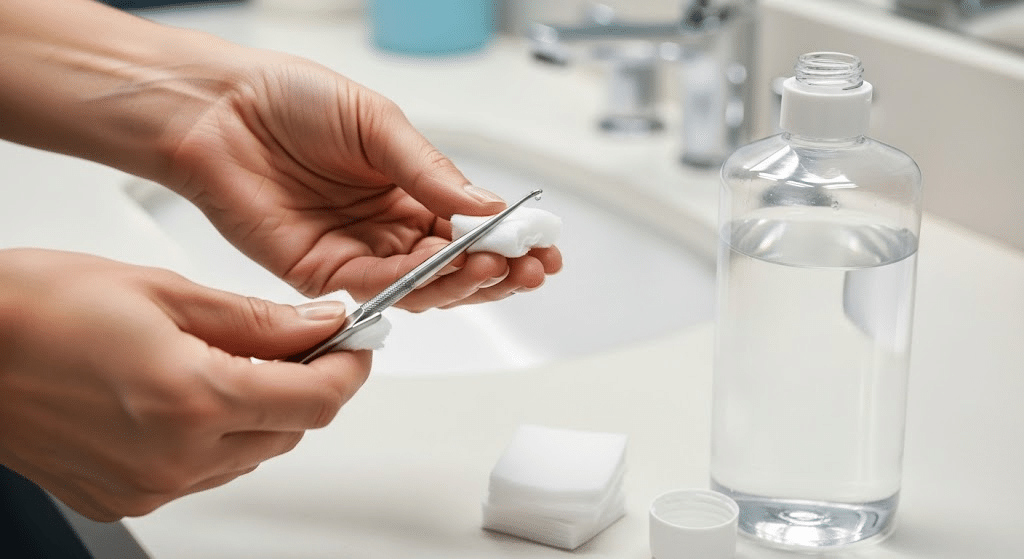
Never use your fingernails to pop pimples. Instead, use a sterile needle or a comedone extractor tool. You can buy these tools at drugstores or online. Clean the needle or tool with rubbing alcohol before using it.
Some people use cotton swabs or tissue paper to protect their fingers. Make sure everything that touches your skin is clean. If you don’t have the right tools, it’s better to wait and buy them first.
Step 3: Apply Gentle Pressure
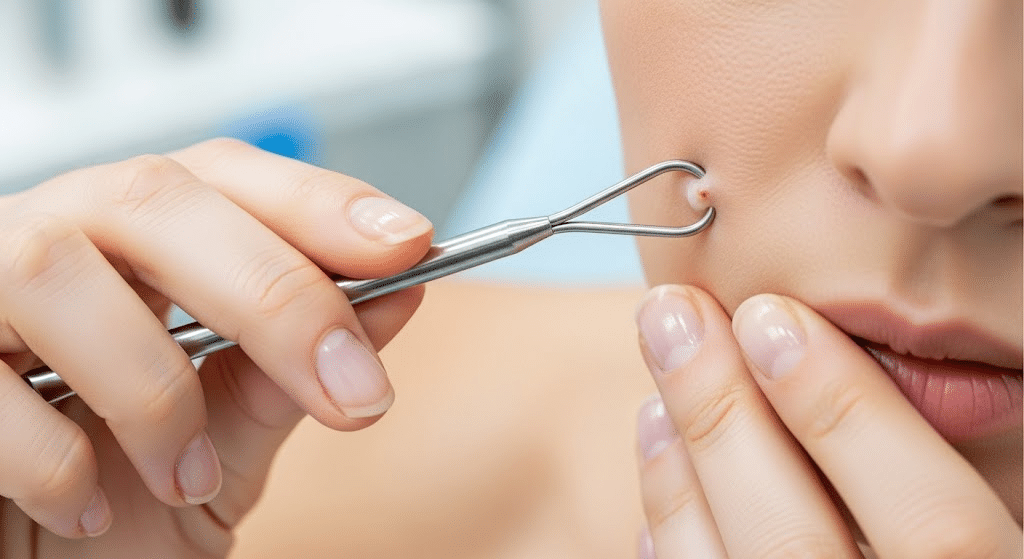
Place the needle or tool near the pimple and apply very gentle pressure. The pimple should pop easily if it’s ready. If nothing comes out right away, don’t force it. Pushing too hard can damage your skin and cause scars.
Only try for a few seconds. If the pimple doesn’t pop easily, stop and let it heal on its own. Remember, gentle pressure works better than squeezing hard with your fingers.
Step 4: Clean and Protect
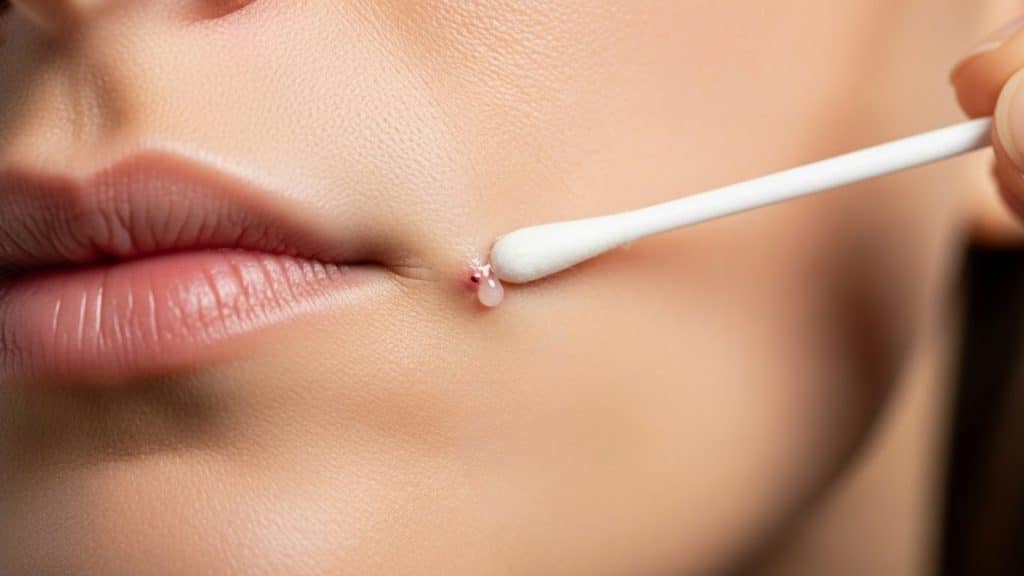
After popping the pimple, clean the area right away with a gentle cleanser or rubbing alcohol. Pat it dry with a clean towel. Apply a small amount of antibiotic cream or a spot treatment to prevent infection.
You can also use a small bandage to protect the area. Don’t touch the spot with your hands for the rest of the day. This helps it heal faster and prevents new germs from getting in.
What to Do After Popping a Pimple
Taking care of your skin after popping a pimple is just as important as doing it safely. The right aftercare helps your skin heal faster and prevents new problems from starting.
- Clean the Area Gently: Clean the area gently with an alcohol-free toner to remove germs without causing irritation.
- Apply an Acne Treatment: Apply an acne treatment with salicylic acid or benzoyl peroxide to help heal and prevent new pimples.
- Avoid Touching the Pimple: Avoid touching the popped pimple to keep dirt and bacteria from getting into the open pore.
- Hydrate and Moisturize: Use a light, oil-free moisturizer to help your skin heal and prevent dryness.
These steps will help your skin recover quickly and reduce the chance of scars or new breakouts in the same area. If you notice any signs of infection, like extra redness or swelling, stop using products and see a doctor right away.
Signs You Shouldn’t Pop a Pimple and See a Dermatologist
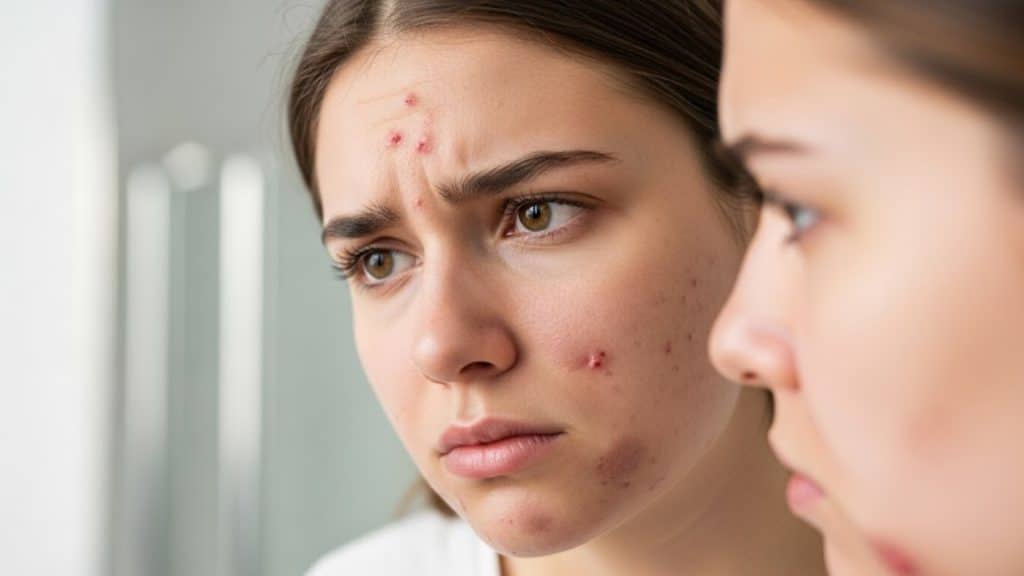
Some pimples need a doctor’s help instead of popping at home. See a dermatologist if you have deep, painful bumps under your skin that don’t have white or black heads.
These are called cystic acne and can cause bad scars if you try to pop them. Also get help if your skin is very red, swollen, or painful around pimples.
If you have many pimples that keep coming back, a skin doctor can give you stronger treatments that work better than store products.
Dermatologists have special tools and medicine to treat pimples safely without leaving scars. When you’re not sure what to do, it’s always better to ask an expert for advice than to risk damaging your skin.
Final Thoughts
Now you know how to pop a pimple safely when absolutely necessary. Remember, the best approach is always to let pimples heal on their own or see a dermatologist for professional help.
If you do decide to pop a pimple, follow these steps carefully to protect your skin. Always use clean tools, be gentle, and take good care of the area afterward.
Most importantly, if a pimple is deep, painful, or doesn’t pop easily, leave it alone and let it heal naturally.
Being patient and careful will help you avoid scars and keep your skin looking its best. When you’re not sure what to do, talk to a skin doctor who can give you the best advice for healthy, clear skin that stays scar-free.
Have you tried these methods before? Share your experiences in the comments below!

